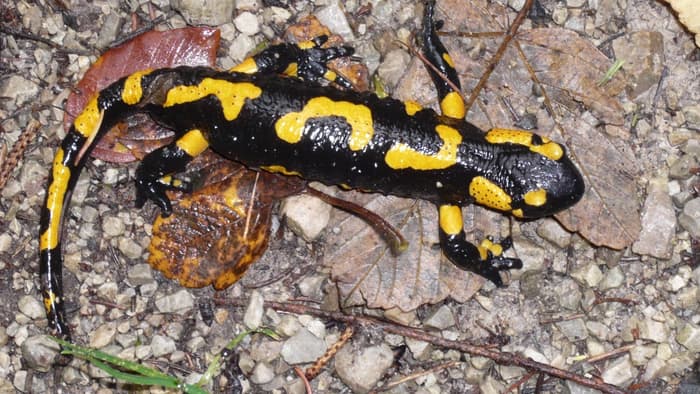
According to the scientists, most of the unproven stem cell therapies today have been shown to be ineffective in forming new tissue. There are also issues related to using embryonic stem cells and stem cell generation.
"Embryonic stem cells cannot be used to treat damaged tissues because of their tumor forming capacity," says study co-author Dr. Vashe Chandrakanthan. "The other problem when generating stem cells is the requirement to use viruses to transform cells into stem cells, which is clinically unacceptable."
Multiple studies over the last year have looked at various ways of using stem cells to repair specific tissues and organs like the heart, eyes, and lungs. What makes the UNSW-led project different is that it turns existing bone and fat cells into induced multipotent stem cells (iMS), thus avoiding both the scientific and ethical issues surrounding stem cell use.
The new technique, which has been successfully demonstrated in mice, takes adult human fat cells and treats them with a compound called 5-Azacytidine (AZA) and platelet-derived growth factor-AB (PDGF-AB) for around two days. Following this the cells are treated with PDGF-AB for an additional three weeks.
The chemical mix relaxes the hard-wiring of the treated bone and fat cells, leaving them open to reprogramming and transformation into induced multipotent stem cells. When these cells were injected into damaged tissue, they multiplied and promoted tissue growth and healing.
This is evidently similar to the way salamanders regenerate limbs, tails and other body parts. They have cells with the ability to become differentiated on their own and move to repair different types of tissue depending on where the damage is located.
The team is planning human trials next year once the effectiveness and safety of the technique has been demonstrated by reprogramming adult human fat cells to repair damaged tissue in mice. They say that if this type of treatment becomes available for human use, which could be as soon as a few years away, it could be used to regenerate any human tissue, thus revolutionising regenerative medicine.

 Previous page
Previous page Back to top
Back to top







